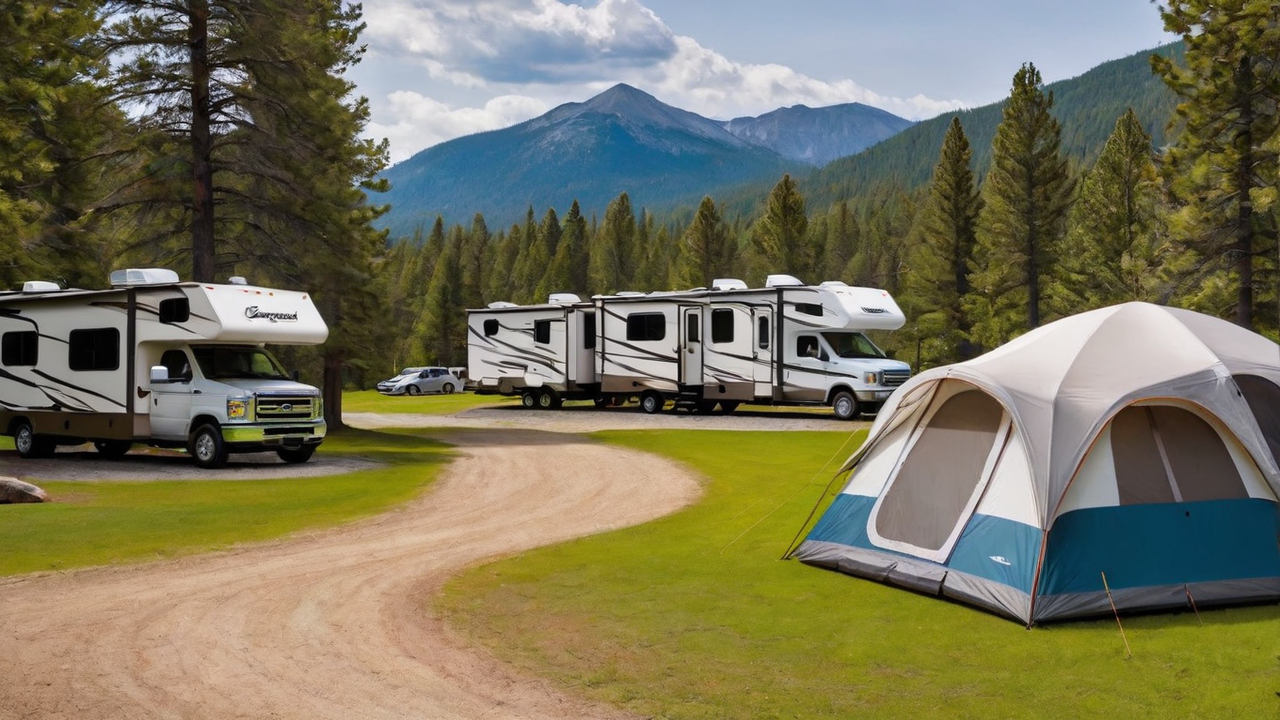
Utilizing GIS for Enhanced Campground Configurations
Integrating GIS into campground management software revolutionizes the way campsites are planned and managed. By leveraging precise geographical data, administrators can optimize the layout for improved accessibility and guest experience. This integration allows for the creation of detailed site maps that include existing landscapes, maximizing the use of space while preserving the environment.
The capability to visualize and manipulate the campground configuration in real-time provides a significant benefit in planning and development. Precise GIS data helps in identifying ideal locations for amenities, ensuring they are both reachable and ecologically sustainable. This method not only enhances guest contentment but also contributes to a lower environmental impact.
Simplifying Reservation Processes with Geographic Information Systems
By integrating GIS into campground reservation software, operators offer a more interactive booking process for campers. Guests can select their preferred spots based on actual geographical data, including proximity to amenities and picturesque views. This level of detail in site choice significantly improves planning and contentment for guests.
Furthermore, this technology cuts down the likelihood of overbooking and clashes between reservations. Accurate GIS data ensures that each site is correctly charted, with clear boundaries, thus making a smoother reservation process. This effectiveness not only saves time for campground managers but also boosts the overall customer satisfaction.
Enhancing Safety and Crisis Response with GIS
Incorporating GIS into campground management solutions greatly improves safety and emergency response. Detailed site maps allow for precise placement of emergency services like fire stations, first aid points, and evacuation routes. This accessibility to vital information can significantly accelerate response times in critical situations, potentially preserving lives.
Moreover, GIS data can be used to spot areas prone to natural hazards such as flooding or wildfires, enabling for the creation of proactive safety plans. Through this technology, campground managers can put in place precautionary measures and inform guests of possible risks, thus guaranteeing a safer camping experience for everyone.
Optimizing Amenity Distribution With GIS
GIS technology enables campground managers to effectively allocate amenities across the area. By analyzing geographical data, they can determine the most optimal placements for amenities such as restrooms, picnic areas, and playgrounds. This ensures that all campers have easy access to amenities, improving their overall experience.
Additionally, GIS can help in monitoring the utilization of natural resources, promoting sustainable practices within the campground. Through accurate mapping, campsites can prevent overuse of vulnerable areas, supporting in conservation efforts and maintaining the beauty and health of the landscape.
Increasing Guest Engagement with Interactive GIS Features
Interactive GIS maps enhance visitor engagement by offering an immersive exploration of the campground before they arrive. Campers can explore different sites, view photos, and learn about nearby attractions directly via the site’s website. This pre-visit engagement starts the guest experience on a high note, raising anticipation and contentment.
Moreover, these interactive features may serve as a guide during the stay, providing real-time information on weather conditions, scheduled events, and available facilities. Such accessibility guarantees that campers remain informed and can fully enjoy their outdoor adventure.
Facilitating Eco-friendly Conservation with GIS
GIS integration in campground management systems plays a crucial role in advancing eco-friendly sustainability. Precise mapping allows for careful planning and management of natural resources, minimizing human impact on the environment. This tools make it possible to keep track of and control wildlife habitats, lakes, and plant life, ensuring their preservation for future generations.
Moreover, by utilizing environmental GIS data, campsites can determine regions ideal for renewable energy installations or other green initiatives. This approach not only enhances the campground’s sustainability but also reduces operational costs, demonstrating a commitment to protecting the natural world.
Integrating Local Insights into Campground Development with GIS
GIS technology empower campground managers to incorporate local insights into campground development. By engaging with local members, managers can gain a deeper understanding of the landscape and its cultural significance. This collaboration ensures that campgrounds are developed with respect for local values and heritage, enriching the visitor encounter.
Moreover, such cooperation assists in discovering distinct chances for campsite experiences and offerings that showcase the area’s culture and landscape. Implementing local perspectives into the planning process not only enhance the authenticity of the campground but also strengthens relationships with the local populace, establishing a beneficial effect for all parties.
Adjusting to Changing Guest Expectations with Dynamic GIS Data
The landscape of outdoor hospitality is always evolving, with visitor demands becoming more sophisticated. Utilizing dynamic GIS data allows campground managers to swiftly adjust to these shifts by updating amenities and services to meet current demands. This flexibility ensures that campgrounds remain appealing and relevant in a rapidly changing market.
Additionally, the ability to collect and analyze guest feedback through GIS-based software means campsite operators can constantly refine their offerings. Tailoring the camping experience to meet individual desires not only boosts visitor contentment but also encourages loyalty, driving the success of the campground in the long term.
explore